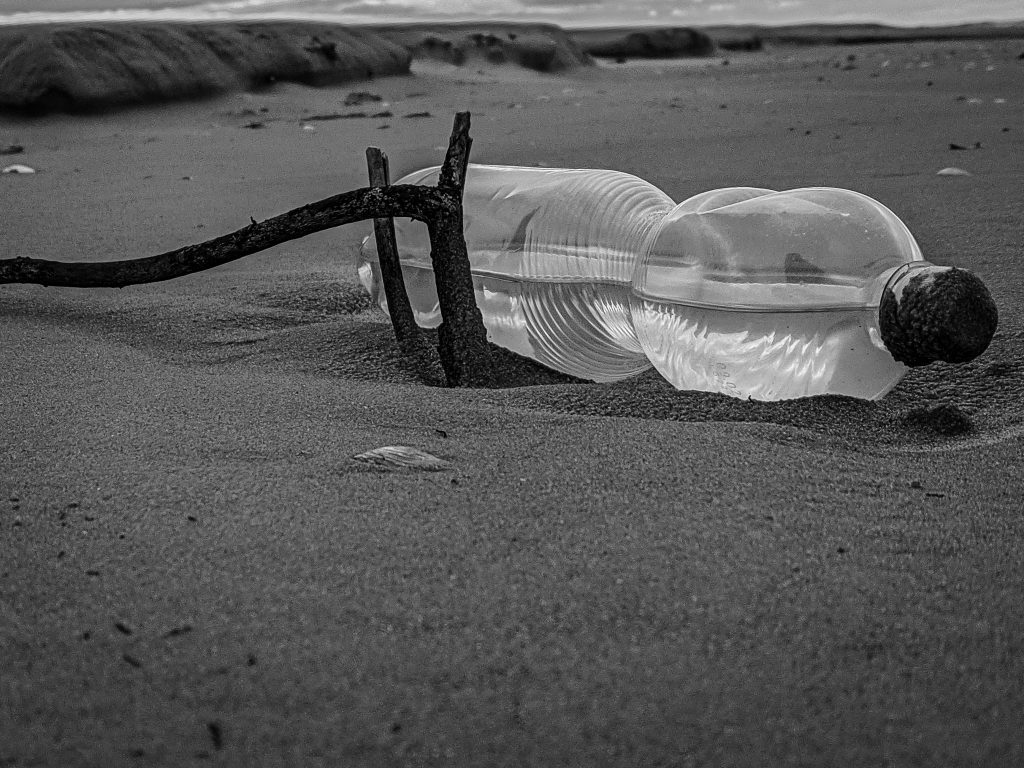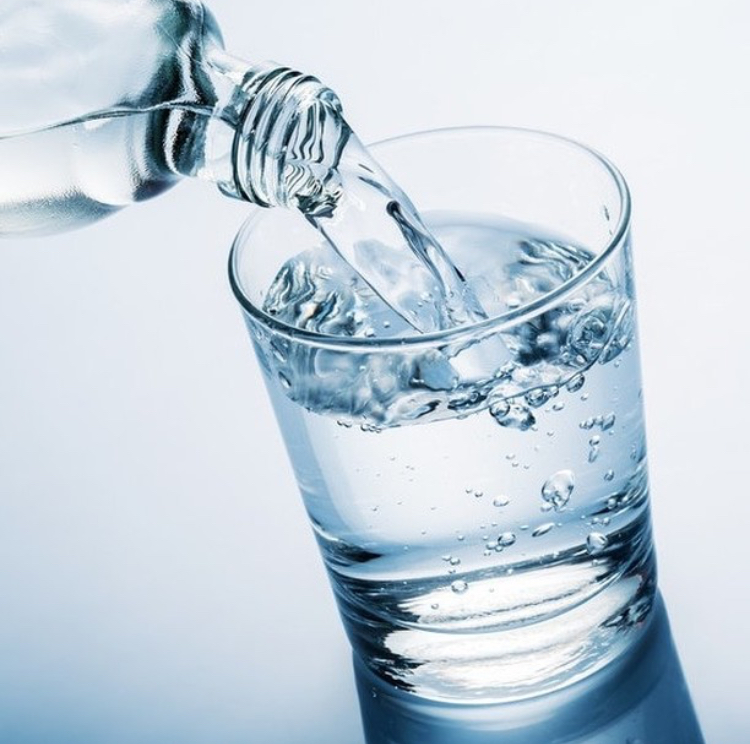
We have all heard of the dangers of dehydration, and it is important to know how to obtain drinkable water in an emergency situation. Water is essential for survival, and having access to it during a crisis can be the difference between life and death.
In this blog article, we will explore the sources of water during an emergency and how to make it safe to drink. We will also look at how to store water and how to clean containers for water storage.
Introduction to Water Shortages
Water shortages can be caused by any number of things, such as natural disasters, droughts, or contamination of water sources. In some cases, entire cities can be affected by water shortages. This can have a significant effect on the health and wellbeing of the population, as access to clean drinking water is essential for human survival.
Water shortages can also lead to famine and disease, as clean drinking water is necessary for food production and the prevention of communicable diseases.
The World Health Organization (WHO) estimates that more than 2 billion people lack access to safe drinking water. This is a major health issue, as access to clean water is essential for human health and survival. In addition, water shortages can lead to shortages in food production, which can lead to famine and malnutrition.
It is essential to be prepared for a water shortage in an emergency situation. Knowing how to obtain drinkable water in an emergency situation can save lives.
Signs of Dehydration
Dehydration occurs when the body does not have enough water. It is important to recognize the signs of dehydration so that you can take steps to obtain drinkable water in an emergency situation. Symptoms of dehydration include:
- Dry mouth
- Fatigue
- Dizziness
- Headache -Dark-colored urine -Decreased urination -Dry skin -Irritability
If you or someone you know is experiencing any of these symptoms, it is important to take steps to obtain drinkable water in an emergency situation as soon as possible.

Sources of Water in an Emergency Situation
In an emergency situation, it is important to know where to find sources of drinkable water. Some of the most common sources of water include:
- Rainwater
- Streams
- Rivers
- Lakes
- Ponds
- Wells
- Tap water
- Bottled water
It is important to remember that not all of these sources of water will be safe to drink. It is essential to take steps to make the water safe before drinking it.
How to Purify Water in an Emergency Situation
In an emergency situation, it is essential to purify any water before drinking it to make sure that it is safe. There are several methods for purifying water, including boiling, using iodine tablets, and using filters.
Boiling Water to Make it Safe
Boiling is one of the most effective ways to make water safe to drink. To boil water, you need to heat it to a rolling boil for at least one minute. This will kill any harmful bacteria in the water. It is important to remember that boiling water does not remove chemicals from the water, so if there are any hazardous chemicals in the water, you should not drink it.
Using Iodine Tablets to Purify Water
Iodine tablets are a good option for purifying water in an emergency situation. Iodine tablets are small tablets that contain iodine, which is used to kill any harmful bacteria in the water. It is important to follow the instructions on the package carefully when using iodine tablets.
Using Filters to Purify Water
Using a filter is another way to purify water in an emergency situation. Filters use a physical barrier to remove contaminants from the water. Filters come in many shapes and sizes, from small portable filters to large family-sized filters. It is important to make sure that the filter you are using is effective at removing contaminants from the water.

How to Store Water
In an emergency situation, it is important to know how to store water so that it remains safe to drink. It is important to use clean containers for water storage. Plastic containers are the best option for storing water, as they are lightweight and easy to transport. It is also important to make sure that the containers are completely sealed and that the water is stored in a cool, dark place.
Cleaning Containers for Water Storage
It is important to clean containers for water storage to make sure that the water is safe to drink. To clean containers, you should first rinse them with warm water and then scrub them with a brush.
You can also use a small amount of bleach or vinegar to disinfect the containers. It is important to make sure that the containers are completely dry before adding the water.
Conclusion
In conclusion, it is essential to know how to obtain drinkable water in an emergency situation. Knowing where to find sources of water and how to make it safe to drink will save lives in an emergency situation.
It is also important to remember to store the water in clean containers and to keep the containers sealed and in a cool, dark place. Knowing how to obtain drinkable water in an emergency situation can mean the difference between life and death.
Now that you know how to obtain drinkable water in an emergency situation, make sure to share this information with your friends and family.
About the Author

My name is Robert and those that know me know that I like to research and to always be prepared the best I can for whatever life brings my way. My website was born out of putting those two things together. I am married with 3 children, a dog, 2 hamsters, 3 fish, and a gecko. We have many life adventures.
Thanks for reading,
Robert


